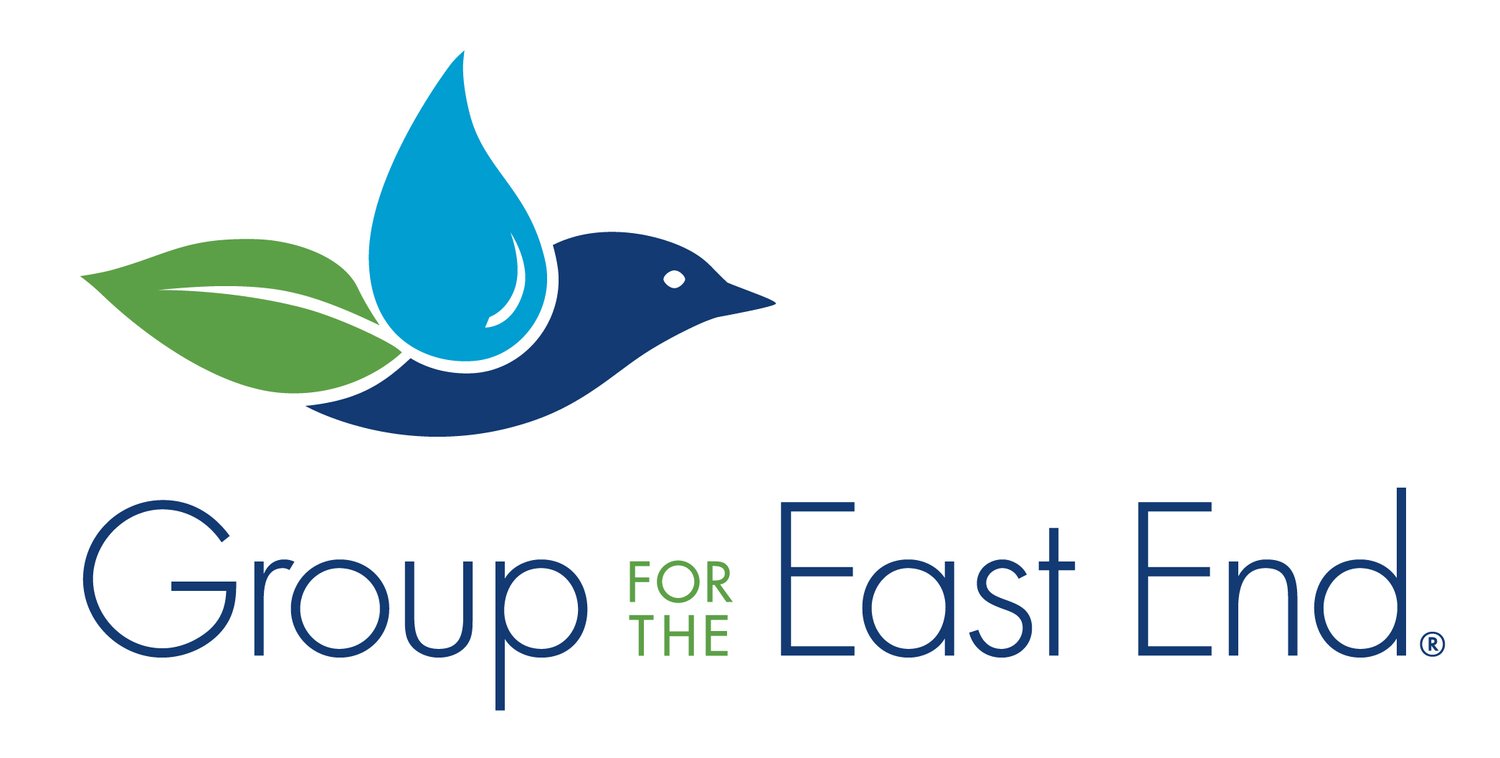Group for the East End Begins Monitoring ~400 Osprey Nests Across the East End
(Eastern Long Island, New York… May 2025) As part of Group for the East End’s [thegroup.org] ongoing osprey conservation efforts, the organization is conducting its triennial monitoring of more than 400 breeding sites across the East End. As part of the first monitoring phase, which began Memorial Day weekend, Group staff, expert birders, and volunteers have been visiting approximately 500 nesting locations in East Hampton, Riverhead, Shelter Island, Southampton, and Southold, identifying roughly 200 nesting pairs so far. Beginning July 1, the Group will return to these sites to count the number of fledglings. This data will be compiled and shared with New York State, which keeps track of the local population.
“Our last monitoring year was 2022, so it is exciting to see how many nesting pairs are back now three years later, and what areas within the East End they congregate in,” says Group senior environmental specialist Jen Skilbred. “Visiting their nests is always interesting as well. The same pair will return to a nest every breeding season adding sticks, grass, and whatever else they can find, so the nests can become quite large. It’s also a good reminder to make sure we don’t litter, or our old fishing line and plastic bags may end up as a dangerous addition to an osprey nest.”
For more than 30 years, the Group has monitored local osprey populations, recording crucial information and assisting conservation efforts. As the population began to steadily increase across the East End, the Group formally shifted its conservation efforts from annual counts to focus on hazard and conflict mitigation, with monitoring now taking place every three years.
Volunteers are integral to the monitoring process. While birding with her children during the Covid-19 pandemic, Margarette Doyle ran into Group assistant director of environmental education Anita Wright, who told her about the Group’s osprey monitoring program. Wright asked her if she would be interested in helping out.
“It was something fun for us to do over the summer, and since then I have been hooked,” shares Doyle, who helps monitor the osprey population on the South Fork. “I have always been fascinated with ospreys and their story. I love spotting my first returning osprey of the season — their arrival signals the end of winter and the start of spring with longer days and warmer weather. And they are fascinating to watch. I once saw an osprey and a bald eagle battle with each other over a fish that the osprey had just caught in Accabonac Harbor. The osprey, although smaller, was too quick and agile for the eagle and eventually outsmarted him. The fish was his. The osprey was king.”
Brian Moldashel has spent countless hours searching and observing local bird species. His deep appreciation has inspired a need to protect them, and he was eager to participate in the Group’s monitoring program as a way to give back. “Although the local Osprey population is much healthier than it was several decades ago, the number of threats facing its ongoing success have only continued to increase,” Moldsahel says. "Therefore, I think it's important to pay close attention to the small changes in this species' status and distribution through programs such as this survey."
The public, which has been integral to the success of the osprey, can find answers to common questions, including what to do if an osprey nests on a home structure, a nest appears to be in danger, damaged osprey platforms, and more at thegroup.org/initiatives/osprey-conservation. They can also find live video feeds of osprey nests in Bridgehampton and Oyster Bay, and also follow along on social media for updates on different pairs at @groupfortheeastend.
